
The 2017 guideline update represented a paradigm shift in tackling peanut allergies. An investigation takes a look at how well pediatricians have implemented the change.

The 2017 guideline update represented a paradigm shift in tackling peanut allergies. An investigation takes a look at how well pediatricians have implemented the change.

Warmer weather means more time outside and the risk of a mosquito or tick bite. A poll examines how parents try to keep their children safe.
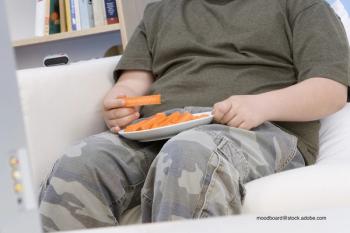
The factors tied to cardiometabolic risk factors and adiposity are myriad. A report examines whether following guidelines can help reduce the risks.
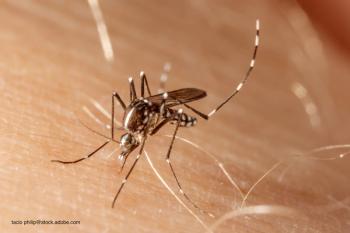
Parents of newborns who had been exposed to Zika virus in utero may have breathed a sigh of relief when their child was born with normocephaly. An investigation finds that adverse outcomes occurred even in children with normal head size.

Severe iodine deficiency in pregnancy has been linked to intellectual disabilities in offspring. An investigation studies whether the same is true for mild-to-moderate deficiency.

Standard care for home oxygen therapy to treat preterm infants uses clinic visits to determine when the child can be weaned. A report considers whether assessing recorded home oximetry data could change this.
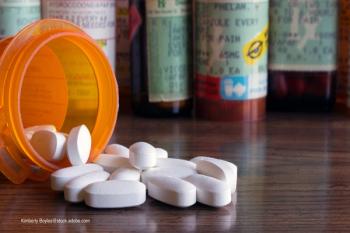
The opioid epidemic led many state policies to reduce opioid use. A report looks at the impact of these policies on opioid poisonings.
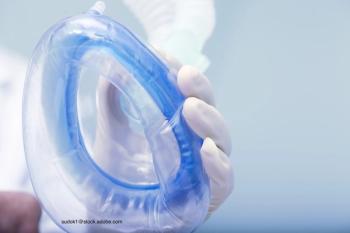
An investigation examines whether the length of a magnetic resonance imaging (MRI) scan can predict anesthesia exposure.
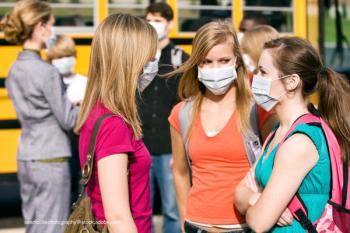
Social distancing and refraining from hoarding behavior have been common social behaviors since the beginning of the pandemic. A report examines how teenagers are engaging in these pandemic-related behaviors.

The jury has been out on whether long-term outcomes have improved for children with heterotaxy syndrome. A new investigation offers some answers.

Sleep is a teenager’s best friend, but so many things can reduce the helpfulness. A new investigation looks into the impact of outside artificial light on adolescent sleep health.

A recent report followed thousands of siblings to see if genetics or environment played a greater role in depression development in high-risk children.
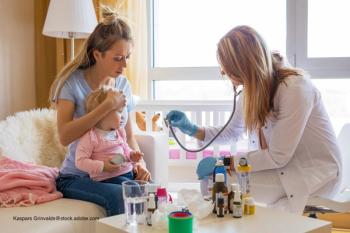
Home nursing after hospitalization helps medically complex children get needed care in a safe environment. A reports looks at how variable it can be in different states.

Dogs have many benefits for children. An investigation examines how life with a dog may improve emotional development.

Newborn nurseries are supposed to run a car seat tolerance screening before discharging any infant born prematurely. An investigation examines how well nurseries follow this recommendation.
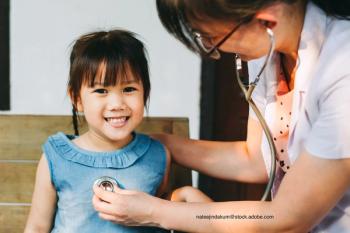
Scheduled follow-up following hospitalization for bronchiolitis is typical care, but a new report questions whether as-needed care can be just as effective.

Overweight and obesity issues have been suspected of increasing cardiometabolic risk in children. A new study investigates.

Clinicians may still use urine nucleic-acid amplification tests, despite the recommendation to use a more sensitive vaginal swab to test for Chlamydia trachomatis. A report looks at whether a quality improvement program could change that.

A retrospective study examines whether limited abdominal ultrasound is a safe and effective way to assess for intestinal malrotation with or without midgut volvulus.

The location where care is received can impact how medication is prescribed. A report examines how location impacts care for pneumonia and sinusitis.

It’s been hypothesized that obesity can lead to worse outcomes in critical illness and an investigation provides some answers.

A case report examines whether a high-risk child with appendicitis will need surgery.

Reducing antibiotic resistance has been a high priority for quality improvement programs. How well did one program do in reducing vancomycin use?
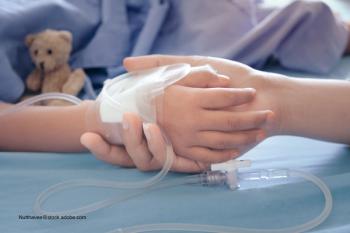
The risk of hospital readmission has been linked to insurance status in previous research. A new investigation examines if the disparity still exists.

A study finds that the levonorgestrel intrauterine device (IUD) is successful in controlling abnormal uterine bleeding and in suppressing menses in teenagers.

Marketing for traditional cigarettes has long been curtailed to stem smoking, but the regulations haven’t always caught up with the marketing needs for vaping. A report examines the impact of promoting vaping on the prevalence of vaping.

A retrospective study reveals that children with cow’s milk allergies—and the restrictive diets they must follow—may negatively impact their growth and development in comparison to their peers with other food allergies.

There are a number of ways clinicians can tackle peanut allergies, but allergy screening and early peanut exposure are still up for debate.

Some states have used laws and regulations to help improve health outcomes. An investigation examines whether New York’s sepsis regulations helped.

How are neonatal intensive care units (NICUs) being utilized in the Kaiser Permanente Southern California health care system? A new report investigates.